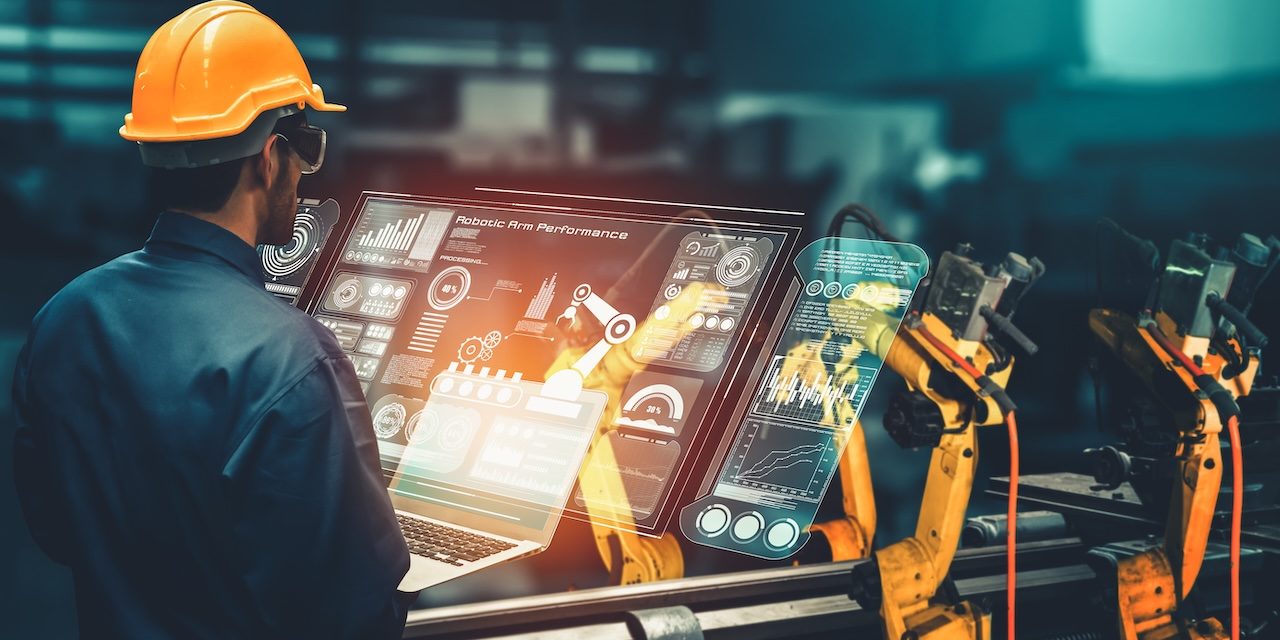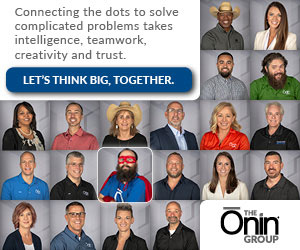Future-proofing your manufacturing and light industrial workforce is essential for business success. Strategies for staying ahead in a rapidly changing market help keep your organization competitive.
Understanding the changes within the manufacturing and light industrial sectors and emphasizing future-focused skills prepare your workforce for the future. Implementing upskilling, cross-training, and partnering with a specialized staffing agency can help your firm maintain its competitive edge.
Understand the Market Changes
Manufacturing and light industrial job duties are shifting from manual labor and repetitive tasks to operating technology and problem-solving. The top changes include:
- Supply chain shifts: Changing from global to local supply chains to increase the likelihood of receiving raw materials on time.
- Automation and robotics: Machines handle tasks such as quality control, packing, and sorting to increase efficiency and accuracy.
- Employee expectations: Employees must adapt to new tools, technologies, and processes to stay relevant.
Emphasize Future-Focused Skills
Developing future-focused skills and employee mindset shifts helps your manufacturing and light industrial workforce stay competitive:
Technical skills
Manufacturing and light industrial employees must understand the latest tools and technologies as factories and warehouses become digitized:
- Digital literacy: Knowing how to use software, dashboards, and tablets
- Automated machinery operation: Understanding how to manage, troubleshoot, and fix robots and equipment
- Data interpretation: Analyzing data from Internet of Things (IoT) systems to elevate efficiency
Soft skills
The following interpersonal skills are essential for manufacturing and light industrial employees to excel now and in the future:
- Adaptability
- Organization
- Time management
- Communication
- Collaboration
- Critical thinking
- Problem-solving
Mindset shifts
A growth mindset is required for manufacturing and light industrial employees to continue thriving:
- Embrace change: View automation as an opportunity for learning and development.
- Prioritize continuous learning: Focus on regularly learning and applying new skills.
- Build resilience: Continue moving forward during organizational change.
Implement Upskilling
Enhancing the skills of your manufacturing and light industrial employees to meet changing market demands helps future-proof your workforce. The benefits include:
- Employee retention: Continuous learning elevates job satisfaction, employee morale, and advancement opportunities.
- Innovation: Enhanced skill sets boost productivity, performance, and goal attainment.
- Competitive advantage: Staying ahead of industry trends helps your organization remain competitive.
Use of technology for upskilling
Online learning platforms, artificial intelligence (AI), virtual reality (VR), and augmented reality (AR) support accessible, effective upskilling for your manufacturing and light industrial workforce:
- AI-powered platforms offer personalized learning experiences.
- VR and AR simulations provide risk-free, hands-on training in real-life scenarios.
- These tools and technologies enhance learning and support customized skill development to future-proof your workforce.
Strategies for upskilling
These strategies support upskilling your manufacturing and light industrial workforce:
- Identify in-demand skills: Analyze industry trends to uncover future-focused skills.
- Partner with educational institutions: Collaborate with area technical schools, community colleges, and universities to develop tailored training modules.
- Create customized training programs: Tailor your training programs to close skill gaps.
- Emphasize continuous improvement: Regularly evaluate and modify the training programs to align with industry changes.
Implementing upskilling
A lack of management support, employee resistance to change, and budgetary issues are common obstacles to upskilling a manufacturing and light industrial workforce. The following solutions can help overcome these challenges:
- Engage stakeholders: Include management and employees in the planning process to gain buy-in.
- Leverage technology: Use cost-effective online training platforms.
- Monitor progress: Track the results of the training programs and modify accordingly.
Cross-Train Employees
Train your manufacturing and light industrial employees to take on other roles. Flexibly responding to changing production schedules supports operational efficiency and productivity.
Benefits of cross-training
Cross-training your manufacturing and light industrial workforce provides many benefits:
- Scheduling flexibility: Increased options for scheduling employees to complete projects within tight deadlines reduce employee stress, absenteeism, and the risk of burnout.
- Customer service: Multiple skilled employees capable of diverse tasks help meet production goals and ship quality products to customers on time.
- Employee engagement: Employees working in diverse roles experience different parts of the organization, encouraging them to feel invested in its success.
- Process improvements: Exposure to different roles lets employees share ideas for increasing efficiency and eliminating waste.
- Employee retention: Diversifying skills and responsibilities encourages long-term employment, strengthening the organization’s competitive advantage.
- Succession planning: Sharing institutional knowledge and enhancing skill sets position employees to take over when roles open up.
Tips for cross-training
These tips support the successful cross-training of manufacturing and light industrial employees:
- Set goals: Clarify what you want to achieve through cross-training. Then, create specific, measurable, attainable, relevant, and time-bound (SMART) goals to reach your objectives.
- Develop a structure: Plan the criteria for selecting employees to cross-train, the roles open for cross-training, and how employees will learn their new roles. Include the duration for remaining in the new roles and the procedures for permanent role changes.
- Choose mentors: Clarify which employees will be responsible for cross-training within their department. Include at least one manager or lead and two front-line employees to share the responsibility.
- Gather feedback: Request feedback from your cross-training employees and their trainers. Implement the best ideas for improvement.
- Track the results: Clarify the key performance indicators (KPIs) for tracking success relevant to the cross-training goals. Examples include post-training assessment results, learner retention rate, and job performance impact.
Work with a Staffing Agency
A manufacturing and light industrial staffing agency can help future-proof your workforce in these ways:
- Strategic planning: Staffing experts analyze market trends, workforce skills gaps, and future needs, then develop long-term strategies for talent acquisition and retention.
- Innovative technologies: Advanced human resources technologies help predict hiring trends, identify top candidates, and deliver actionable insights for clients.
- Skilled workers: A staffing agency has an extensive network of vetted active and passive candidates with the skills manufacturers need to stay competitive.
- Niche skills: Staffing experts can locate candidates with specialized skills to take on additional projects for increased revenue.
- On-demand placements: A staffing agency can place qualified candidates in temporary, temp-to-hire, or direct-hire roles to help fill changing business needs.
- Maintaining compliance: Staffing experts stay current on and adhere to compliance requirements to help avoid potential fines and penalties.
You don’t need more bodies. You need a workforce system that can flex, scale, and hold.
Let’s future-proof your operation with the right plan, not just a faster fill.
Discover How to Build it Right
Sources:
- https://www.q-staffing.com/blog/upskilling-for-tomorrows-workforce/#:~:text=Conclusion,contact%20us%20for%20personalized%20guidance.
- https://www.q-staffing.com/blog/future-proofing-light-industrial-workers/
- https://www.rewo.io/de/cross-training-in-manufacturing-what-is-it-and-why-it-is-important/#:~:text=Get%20started%20with%20cross%2Dtraining,when%20onboarding%20a%20new%20employee.
- https://www.sure-staff.com/2023/11/10/cross-training-manufacturing-team-surestaff/#:~:text=What%20Is%20Cross%2DTraining?,to%20different%20careers%20and%20jobs.
- https://www.continu.com/blog/kpi-for-training-and-development#:~:text=Discover%20the%20top%208%20KPIs,Measurement%20Leads%20to%20Improvement
- https://www.peopleready.com/staffing-resources/how-manufacturing-temp-agency-services-support-industry-changes/#:~:text=Assembling%20a%20staff%20with%20the,the%20future%20of%20your%20workforce.






